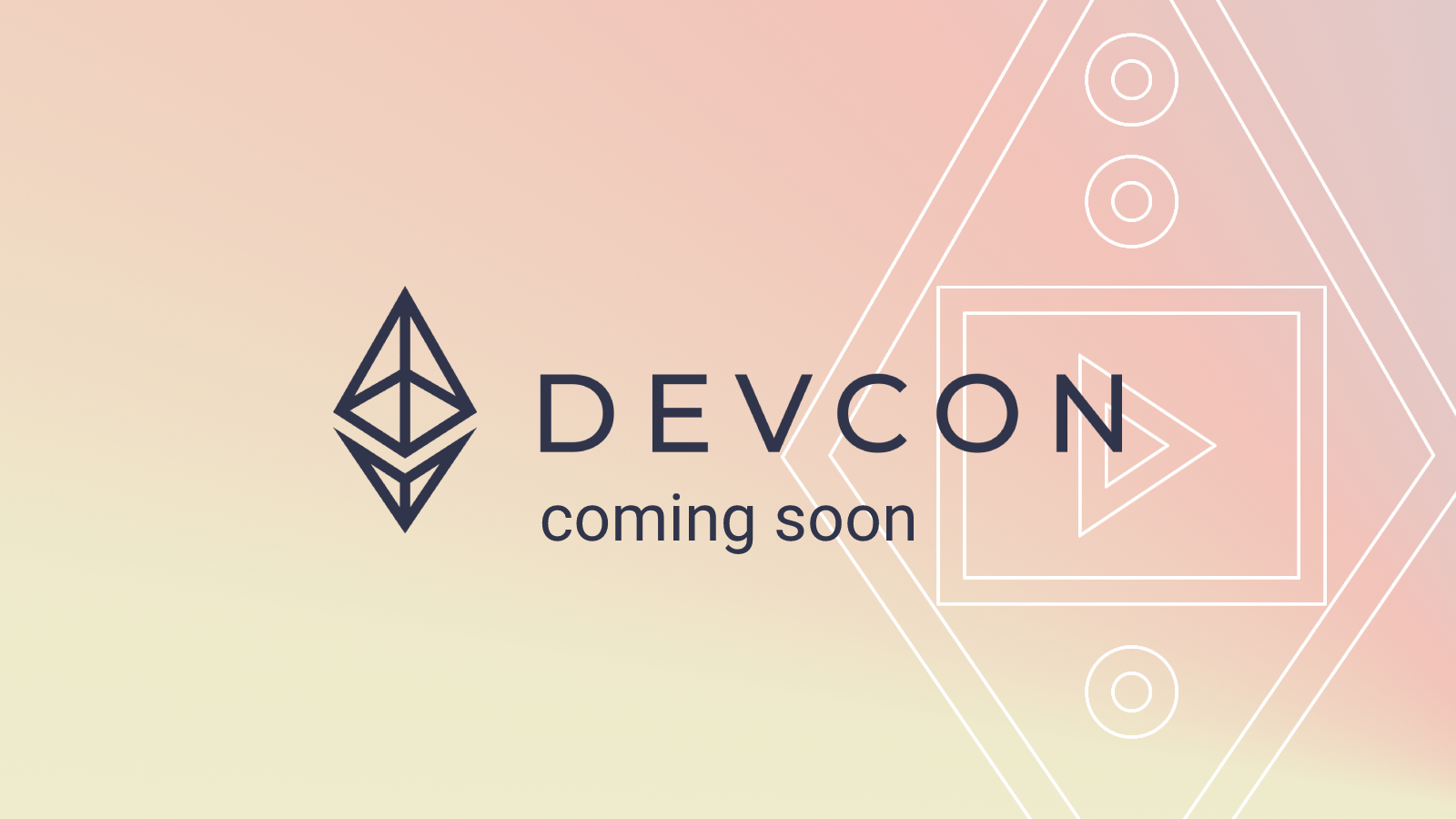devcon 7 / transitioning from an l1 to an l2 a case study
- YouTube
- Details
Transitioning from an L1 to an L2: A case study
Duration: 00:08:36
Speaker: Marek Olszewski
Type: Lightning Talk
Expertise: Intermediate
Event: Devcon
Date: Nov 2024
This talk will cover the learnings from cLabs' experience rebuilding Celo from the ground up as an L2. We hope that it can be a useful case study for other L1s to follow.
- Related

Devcon
Panel
(Re)aligning with Ethereum: From L1 to L2
In this round table, Justin Drake and Marek Olszewski will explore the rational and tangible pros and cons of (re) launching an Ethereum L2. They will explore the why and how of launching an Ethereum L2 from a technical and ecosystem perspective.

Devcon
Talk
25:30
Keynote: The REAL state of L2s
The evolution of Layer 2 solutions has been pivotal in scaling blockchain technologies. This talk, led by L2BEAT founder Bartek Kiepuszewski, delves into the current landscape, recent advancements, and future potential of L2 ecosystems. It will try to address some myths and current challenges of the space. Some important changes to L2BEAT risk framework will also be announced.

Devcon
Talk
15:01
ZK in Rollups: Full Validity Proving on the OP Stack
Historically, zkEVM rollups have been difficult to build, requiring deep cryptography expertise that makes customization and maintainability complicated and time-consuming. With advancements in zk, zkVMs make it easy for any developer to write ZK applications with Rust. With a zkVM, we've created seamless way to upgrade ANY existing OP Stack chain to use ZKPs in just 1 hour. These rollups get fast finality, cost-effective (<0.1 cent / tx), and full EVM equivalence.

Devcon
Talk
15:45
ERC-3668 on Linea: built-in, trust-minimized L2 to L1 data retrieval
ERC-3668 (aka. CCIP-read) enable L1 contracts to access Linea state. No special library need to be integrated, everything is built into the protocol and secured by Linea's zero-knowledge proofs. During this presentation, we will go into the details of how this works, the benefits and use cases you can start building today.

Devcon
Talk
25:28
Building a future-proof L2
I will present some of the considerations, mechanisms, technical and algorithmic breakthroughs that are required to build a future-proof L2, with Post-quantum cryptography (PQC) in mind, to enable mass adoption of blockchain technology. E.g.: Full L2 that runs atop multiple L1s, next-generation proving, innovative use cases, and more.

Devcon
Talk
22:58
Next Generation Based Rollups: A Practical Approach to Unifying Ethereum
I plan to speak on the concept of based sequencing (based rollups). I want to not only introduce the concept but also explain recent developments (what I like to call next generation based rollups). This includes based preconfirmations, fast->realtime proving, customizable composability, practical synchronous composability, among others. I will introduce I also plan to provide a brief summary to my Bankless Summit talk on ETH value accrual in the presence of based rollups.

Devcon
Talk
25:39
The Future of Layer 2: Research, Development, and Next-Gen Technologies
Discussion around L2 blockchain research and development. What are the major challenges for L2s to advance, and what solutions are being explored? What will the L2 space look like next year and beyond? The talk will be illustrated with examples from Arbitrum’s research and development.

Devcon
Talk
21:51
Crypto Twitter is Wrong: This is How Rollups *Really* Work
It's 2024, L2s are a critical part of the Ethereum scaling roadmap, and everyone *still* gets Rollups completely wrong. If you think that Optimistic Rollups and ZK Rollups are real things, that Rollups need sequencers to create blocks, or that Rollups need proofs to be secure, you've been completely and utterly bamboozled by the Crypto Twitter intelligentsia. It's time we take back the truth - this is How Rollups *Really* Work.

Devcon
Talk
24:50
L2 Specific MEV Mitigation Strategies
MEV mitigation and prevention has primarily been researched in the base L1 Ethereum layer. This talk explores L2 specific strategies, including the future in the event of decentralized sequencing. We explore emerging EIP proposals and drafts (EIP-7640), the use of intents in L2s and other new constructions.

Devcon
Talk
21:50
Scaling autonomous worlds - building the foundations… and sewers for millions of inhabitants
One tends to think of Ethereum scaling in financial terms—how many transactions per second? What’s the TVL? How much liquidity? But in a possible future where Ethereum applications extend beyond finance, into areas like autonomous worlds, games, and social, what does scaling look like and what challenges await? Join us as we explore challenges, solutions, and open questions in this space—how do we bring latency down despite seconds-long block time? Could we shard an app across multiple chains?

